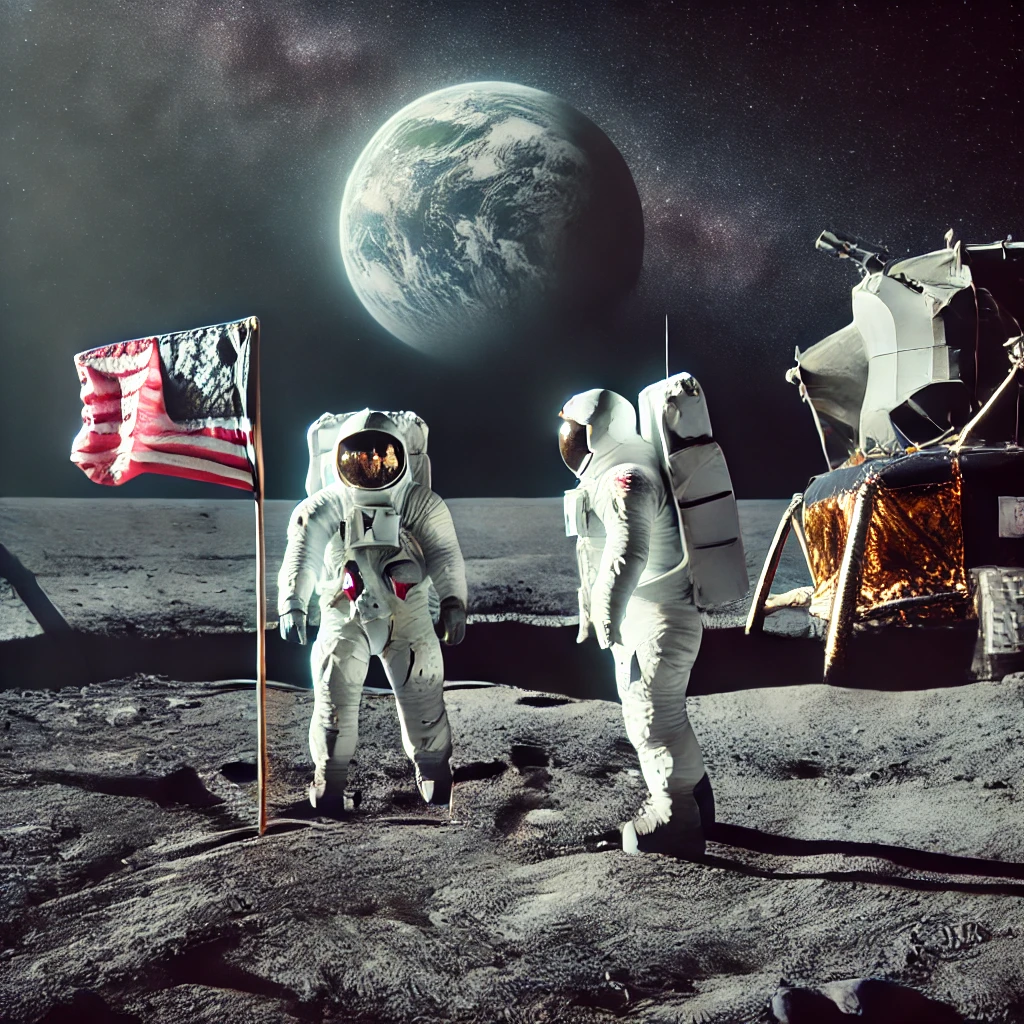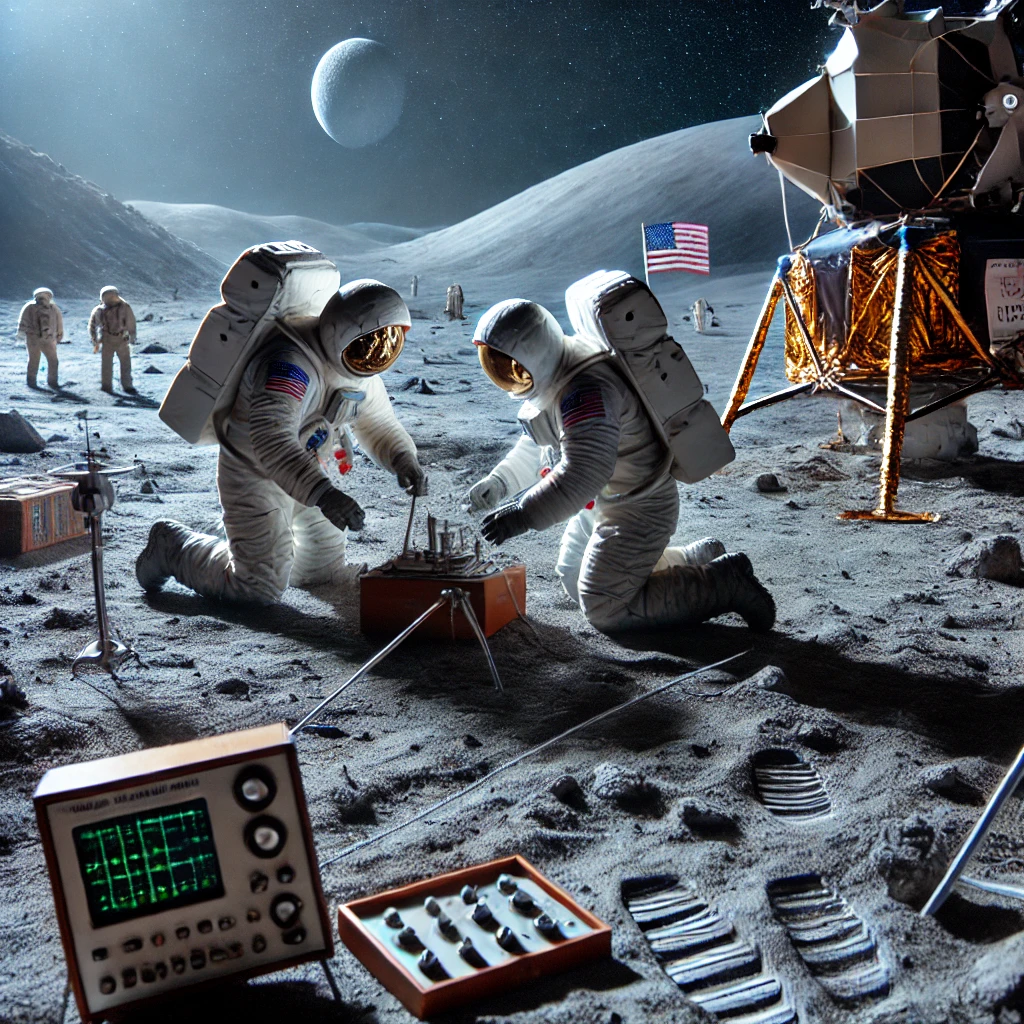On November 14, 1969, NASA launched Apollo 12, marking a significant milestone in the Apollo space program. This mission became the sixth crewed flight in the Apollo program and the second to successfully land humans on the Moon. Astronauts Charles “Pete” Conrad and Alan L. Bean piloted the spacecraft, setting off on an ambitious journey that would expand our understanding of the lunar surface and pave the way for future exploration.

The Mission and Its Objectives
Apollo 12’s primary goal was to demonstrate the capabilities of lunar landings and to conduct scientific research on the Moon’s surface. After the success of Apollo 11, which saw Neil Armstrong and Buzz Aldrin make history, Apollo 12 aimed to build on that foundation by exploring a different area of the lunar landscape. The crew, which also included command module pilot Richard F. Gordon, was tasked with landing in the Ocean of Storms, a vast expanse on the Moon.
The mission included a series of scientific experiments designed to gather data about the Moon’s geology and environment. The astronauts were equipped with a variety of tools and instruments to conduct these experiments, including a solar wind composition experiment and a set of seismometers to measure moonquakes. Their work would not only contribute to the scientific community’s understanding of the Moon but also help prepare for future manned missions.

Successful Landing and Exploration
Apollo 12 made a successful lunar landing on November 19, 1969, just 163 meters from the Surveyor III spacecraft, which had landed on the Moon in April 1967. This precision landing showcased the advancements in navigation and piloting technology since the first Moon landing. Upon stepping onto the lunar surface, Conrad famously remarked, “Whoopee! Man, that may have been a small one for Neil, but that’s a long one for me.”
During their stay on the Moon, Conrad and Bean spent approximately eight hours exploring the surface. They conducted experiments, collected rock samples, and even retrieved parts from the Surveyor III lander, which provided valuable information about the longevity of spacecraft on the lunar surface. Their findings would contribute to a better understanding of lunar geology and the environmental conditions present on the Moon.
A Legacy of Discovery
The Apollo 12 mission was significant not only for its immediate scientific contributions but also for its role in the broader context of space exploration. The mission demonstrated that the Moon could be explored multiple times, which opened the door for additional lunar missions and a deeper understanding of our celestial neighbor. The successful execution of Apollo 12 reinforced public interest in space exploration and demonstrated NASA’s growing capabilities.

Moreover, the mission underscored the importance of teamwork and collaboration among scientists, engineers, and astronauts. The data collected by the Apollo 12 crew would inform subsequent lunar missions and help shape future explorations of space. The collaboration across various disciplines is a testament to the ingenuity and determination that characterizes human spaceflight.
The launch of NASA’s Apollo 12 mission on November 14, 1969, represents a significant chapter in the history of space exploration. The mission not only achieved its goals of landing humans on the Moon and conducting scientific research but also inspired future generations to look to the stars. As we reflect on the accomplishments of Apollo 12, we celebrate the spirit of exploration and the relentless pursuit of knowledge that continues to drive humanity’s journey into space. The legacy of Apollo 12, embodied in the work of astronauts Conrad and Bean, remains an enduring reminder of what can be accomplished when ambition meets innovation.
